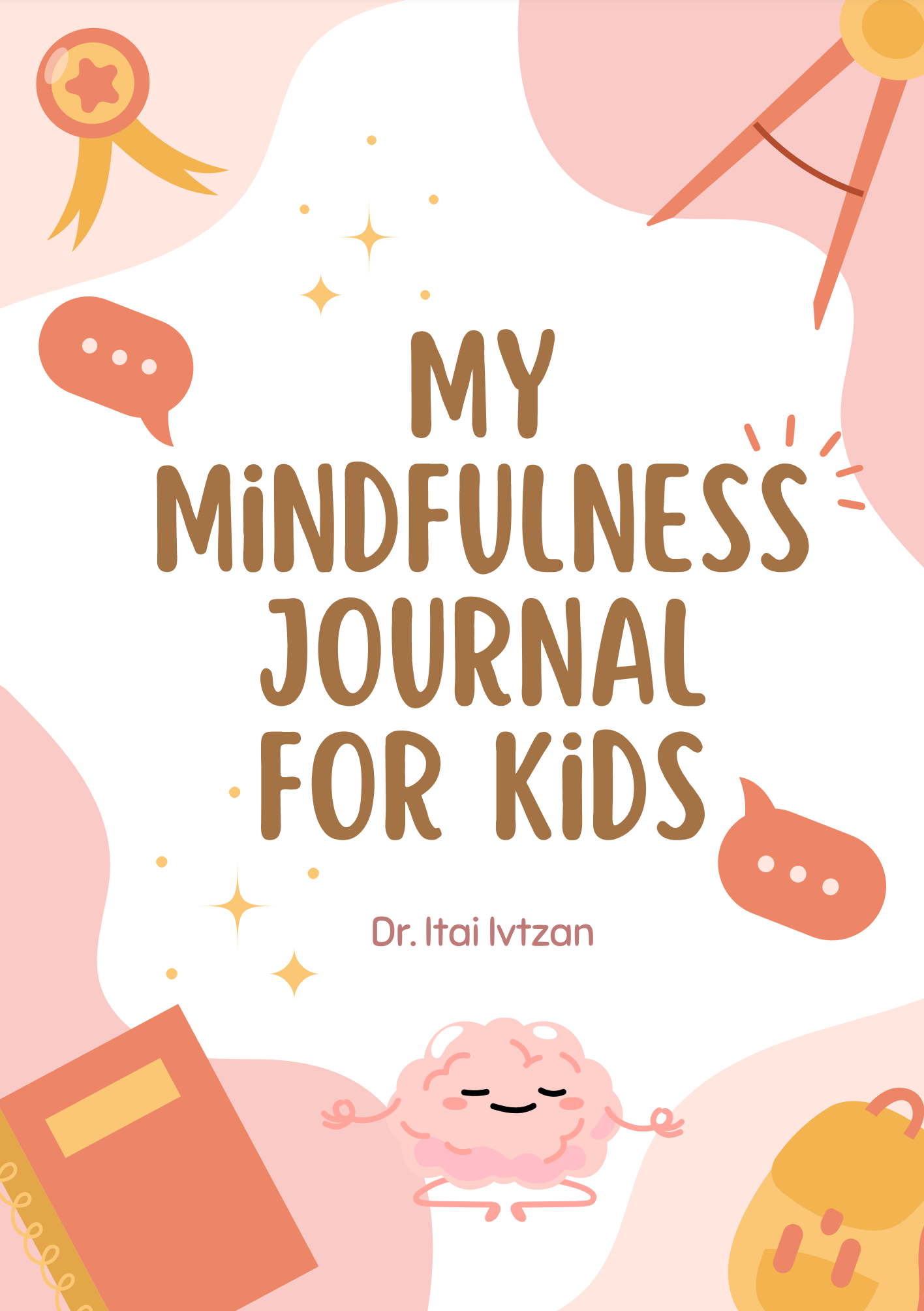Certified Coaching Tips: Coaching Styles
 You may need a life coach certification program before you can fully explore the different coaching styles.
You may need a life coach certification program before you can fully explore the different coaching styles.
There are different coaching styles that you may find when you search for coaching styles on the internet. The following are just some of the approaches and guidelines on when to use them.
Before you continue, you might like to consider our free worksheet on exploring “Find Your Passion”. Please download this worksheet here.
In This Article:
What Is Your Coaching Style
1. Holistic coaching
2. Vision coaching
3. Democratic coaching
4. Authoritarian coaching
Another Certified Coaching Tip: How To Coach Successfully
Learning the different coaching styles from my life coach certification program, I realized that it is vital to use an appropriate approach to supplement the needs of individuals and teams. Applying the right coaching style can suffice the needs of your client/s, specifically, if they need to be inspired, build their confidence, teach them skills. Knowing which to employ also makes them feel like they are supported by their coaches the right way.
As coaches will need to have good communication and social skills (especially in appropriating constructive feedbacks). Going through a certified coaching program, I also learned that an effective coach would also ask questions to encourage brainstorming and problem-solving. Finding the right coaching style can ensure good results as it is about the skills of the coach and the needs of the clients.
What Is Your Coaching Style?
Coaches make use of one or several different coaching styles all at once. Some may even use their own created approach or model. But the most successful coaches tailor their style to their team, employee, or organizational culture. A tailored certified coaching approach works because different people respond to different management cues. Using the different certified coaching styles can positively impact your team’s performance and development, thus helping them achieve their goals. The following are the different styles that can be tailored according to the results needed by an individual client or team.
1. Holistic coaching
Holistic coaching believes that everything is connected, rooted in the theory that individuals are a sum of all their parts. Thus, To encourage growth in the workplace, a balance needs to be achieved in all aspects of life. This style takes into account the whole person. This style gives employees a good awareness of their role in a team and provides a more extensive perspective of their place on the broader business, thus helping them feel more connected and showing how they truly matter. Recognizing the multiple domains as a whole, this approach considers all aspects of a client’s life. In a life coach certification program, I learned how holistic coaching could help point out personal stumbling blocks and repetitive behaviors that negatively affect work and offer stress management and learning relaxation techniques.
Holistic Coaching may be a good option if a client wants:
- To feel understood
- Establish trust in the coach-client relationship
- Uncover deeply held feelings and drives
- Finding solutions
- Enhancement of wellbeing/functioning of the whole person (e.g., mind, body, feelings, and spirit)
- Enhanced wellbeing/functioning of the client’s multiple personal domains (e.g., family, work, home, health, etc.)
Effectivity Gauge:
This coaching style can take time to achieve the above results, and may trigger deeper, emotional problems.
2. Vision coaching
This coaching style emphasizes future thinking. According to vision coaching theory, the more we focus our minds on a vision of an outcome that we want, the more likely it is that that outcome will occur. It is rooted in the basis that the power of our thoughts can be harnessed to shape our future. Sports coaches often use this coaching style for athletes to visualize the process of winning. The concept of vision coaching is that visualization helps the body prepare for the task it is about to undertake, removing feelings of self-doubt that could otherwise hinder progress by creating a path towards the desired outcome.
This coaching style is best used for:
- High stress or overwhelming workplaces, tasks, or goals that need fast results
- Driving teams to work on projects by giving them a detailed plan.
Effectivity Gauge: This is an approach that is best done intensively and for the short term.
 3. Democratic coaching
3. Democratic coaching
Democratic coaching (also known as participative) coaching style gives teams and individuals freedom and accountability and follows the same principles of democracy. It considers the different interests, choices,, and concerns of people involved while the coach steps in only when needed to let the process go on.
This style can give clients self-empowerment and control and an excellent platform to practice giving input. This coaching style encourages the client to take an active role in determining coaching goals and the methods they can use to achieve a goal. According to Amanchukwu et al. (2015), while client input is a vital element of democratic coaching, the coaches are considered to have the last word for decision-making.
This style is best used when looking forward to the following results:
- Improved decision-making, communication, and greater cooperation
- Increasing Motivation
- Collaborative competency
- Self-efficacy
- Creativity
- Commitment to objectives
- Inspiration
- Productivity
- Empowerment
Effectivity Gauge: Results may take a little longer than other approaches. It can be very effective, as the team is forced to work together and explore solutions as a whole.
4. Authoritarian coaching
The autocratic or authoritarian coaching style is the other end of the spectrum of the democratic approach. Autocratic coaches take a firmer or a seemingly dictatorial leadership role, and the sessions commonly lack client input. In this approach, there is a definite division between the client and coach because autocratic coaches take it upon themselves to make decisions. The coach solely decides what to do and when and how to do it. The autocratic coach is always in control and strives for excellence. Some may expect tasks to be done the same way every time. As a result, clients are disciplined, committed, and have a structure in place to follow for success- though, with such rigidity, it can feel stifling for some clients. With little to no input, this certified coaching style can make clients at risk of feeling excluded and teaches how they they aren’t encouraged to think for themselves. But the thing is, this method instills discipline, binds the team together, and through setting clear goals, everyone/ the client has a strong focus on the outcome.
This coaching style is best used for:
- Situations involving high stress or urgency where a collaborative coaching approach is not optimal.
- When the coach has only sufficient expertise to make critical decisions (Amanchukwu et al., 2015).
- Encouraging productivity and work efficiency
- Realistic goal attainment
- Reduced ambiguity
- Trust in the coach
- Stress reduction
Effectivity Gauge: It can produce good results fast and is ideal for new and inexperienced teams.
Another Certified Coaching Tip: How To Coach Successfully
Some of the approaches above may yield instant results, some would need quite some time to take effect, but either way, a coach needs to know which to use to get the most out of your coachee or group.
All of the above coaching styles can be effective if used accordingly on the individual, company, project, or team. The key is knowing when to use different coaching types in business.
Many other types of certified coaching styles and different management approaches don’t rely on a coaching mentality. The above coaching styles are best tailored according to a goal, team, or individual needs. Therefore, it is vital to truly listen to your team, use their creativity, and take their ideas on board. Client and teams can benefit from feeling that their leader or coach is present and willing to hear and engage with them.
Ready to become an effective coach and harness the right coaching style for each individual or team? Dive deeper into your coaching journey with our “Find Your Passion Workbook” and start refining your approach today.







